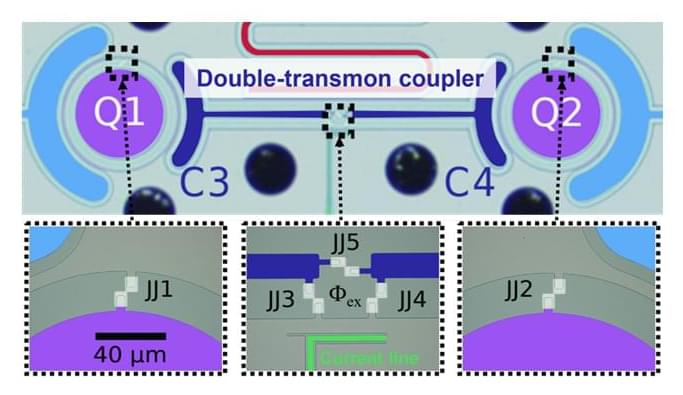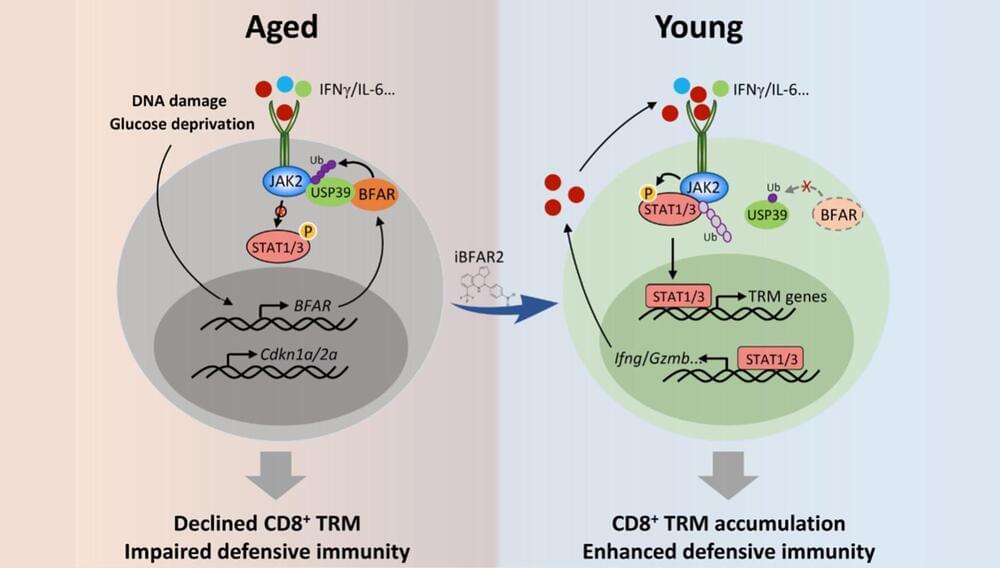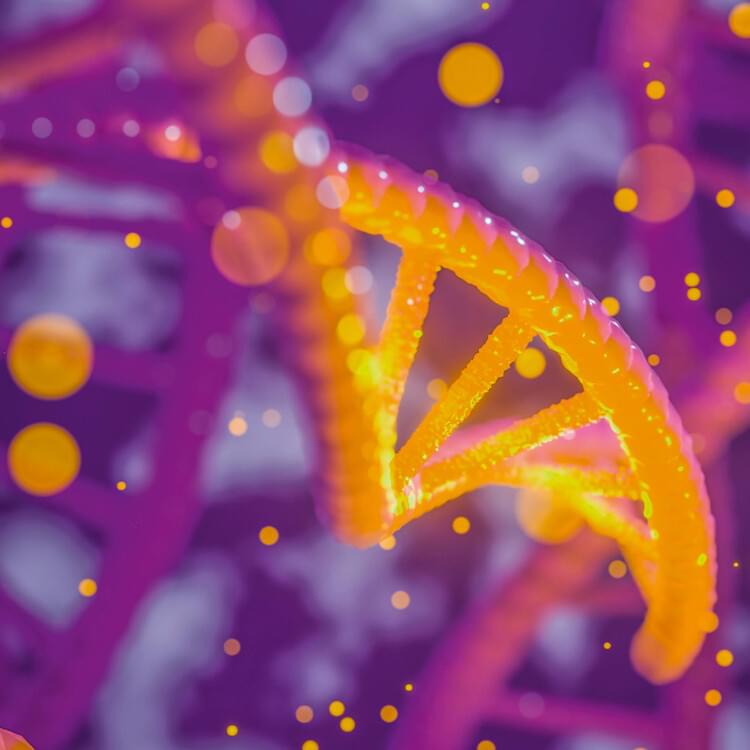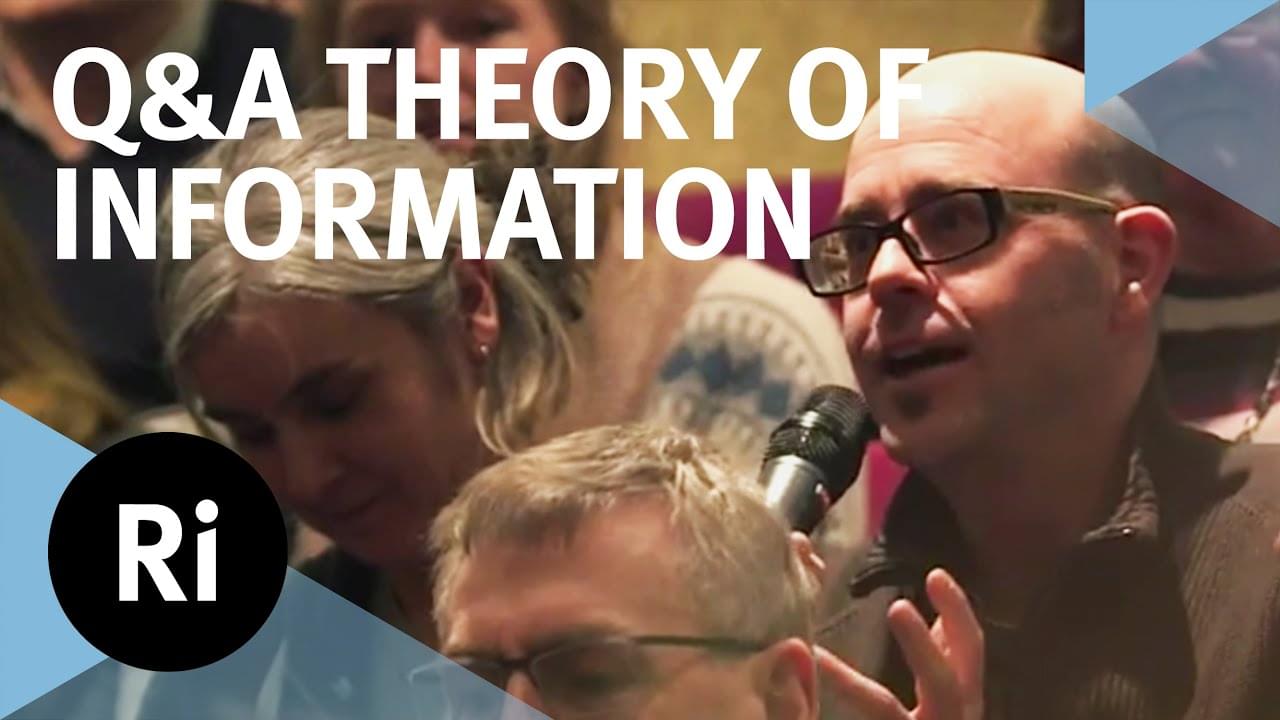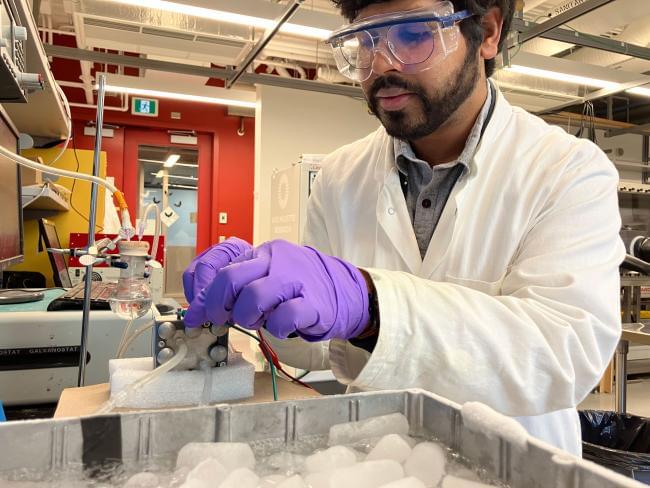Nov 27, 2024
It’s Time to Build the Exoplanet Telescope
Posted by Logan Thrasher Collins in category: space travel
Such a cool idea: a 1 km diameter exoplanet telescope lens built from self-assembling subunits could image other worlds with incredible detail.
With the recent SpaceX Starship orbital flight tests, it is time to commit to building the largest physically possible space telescope. Such a telescope would peer deeper into the universe than any before it, answering fundamental questions: are we alone? What do Earth-like exoplanets around other stars look like? How did we get here? What weird stuff awaits discovery? Where is the limit on human ambition to know what is in our universe? The Monster Scope answers these questions. Monster, because of its enormous scale, grotesque in its ambition. Monster, from the Latin root meaning a revealed thing. And monster, because through it we may be able to study not just the rocks and land masses but possibly lifeforms, both monstrous and marvelous, on distant planets.
Continue reading “It’s Time to Build the Exoplanet Telescope” »

